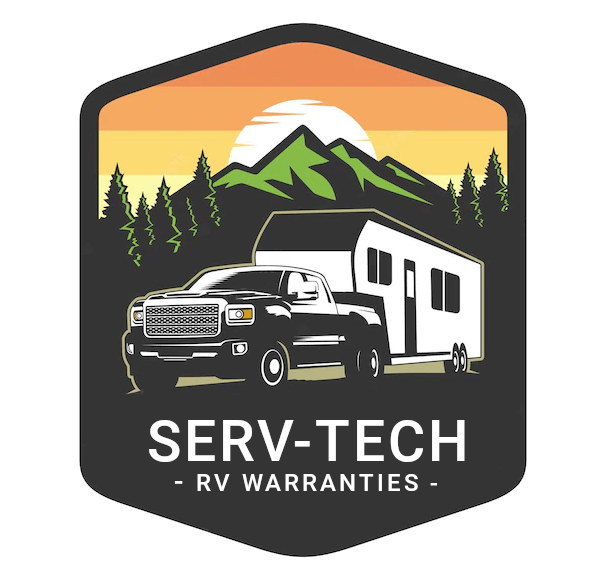Introduction
Navigating the world of automobile coverage can be daunting. With a myriad of options and technical terms, choosing the right insurance policy for your vehicle is crucial. This article breaks down the essentials of automobile coverage, empowering you with knowledge to make informed decisions and ensuring you’re adequately protected on the road.
Understanding the Basics of Automobile Coverage
Defining Automobile Coverage
Automobile coverage, or auto insurance, is a policy that vehicle owners purchase to protect themselves financially in case of an accident or theft. The coverage encompasses various aspects, including liability, collision, and comprehensive coverage, each addressing different scenarios and risks.
Essential Coverage Types
- Liability Coverage: This is mandatory in most states. It covers bodily injury and property damage that you may cause to others in an accident.
- Collision Coverage: It covers damage to your vehicle resulting from a collision, regardless of who is at fault.
- Comprehensive Coverage: This covers damage to your car caused by events other than collisions, such as theft, vandalism, and natural disasters.
- Personal Injury Protection (PIP): This covers medical expenses for you and your passengers in the event of an accident.
- Uninsured/Underinsured Motorist Protection: It covers you in case you’re in an accident with a driver who doesn’t have enough or any insurance.
Key Factors in Choosing Automobile Coverage
- Assessing Your Needs
Your choice of coverage should align with your specific needs. Consider factors like your vehicle’s age, your driving habits, and your financial comfort in handling repairs or replacements.
- Understanding Premiums and Deductibles
Premiums are the regular payments you make for your insurance policy, while deductibles are the amount you pay out-of-pocket during a claim. Balancing these costs is crucial in choosing a policy that provides both financial protection and affordability.
The Role of State Laws
Auto insurance requirements can vary significantly from one state to another. It’s important to understand the minimum insurance requirements in your state to ensure legal compliance.
Tips for Finding the Best Automobile Coverage
- Comparing Insurance Providers
Do thorough research and compare offerings from multiple insurance providers. Look for reviews, customer service ratings, and claim settlement ratios.
- Maximizing Discounts
Many insurers offer discounts for various reasons, such as having a clean driving record, installing anti-theft devices, or bundling multiple insurance policies. Explore these options to reduce your premium costs.
- Regular Policy Reviews
Your insurance needs may change over time. Regularly reviewing your policy ensures that your coverage evolves with your changing circumstances.
Conclusion
Choosing the right automobile coverage is a blend of understanding your personal needs, staying informed about the options available, and making an educated decision. Remember, the cheapest policy isn’t always the best; aim for a balance between comprehensive coverage and affordability.
